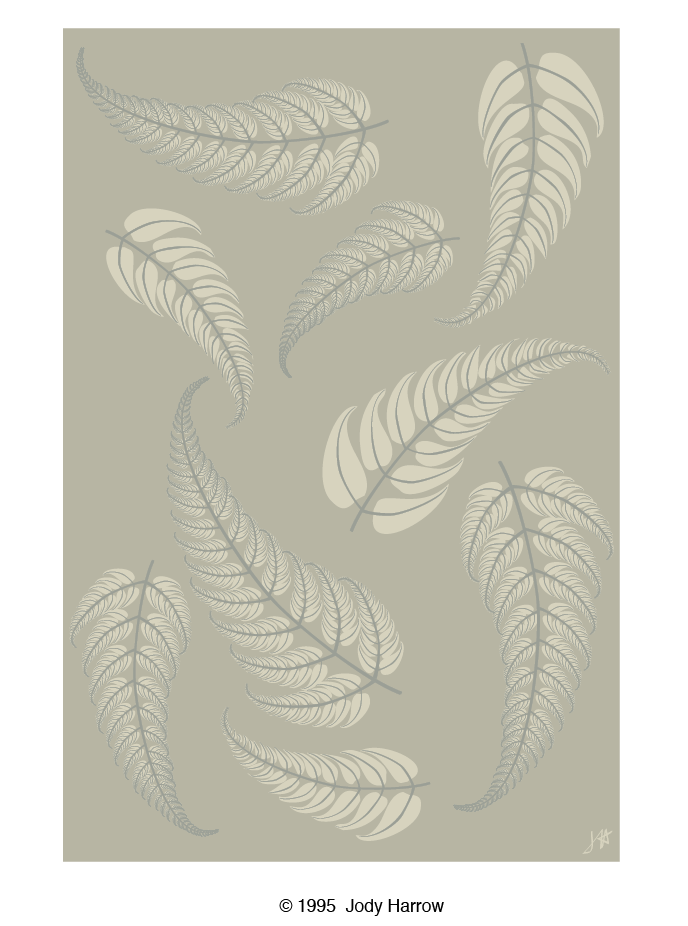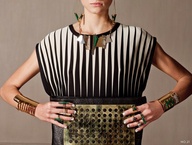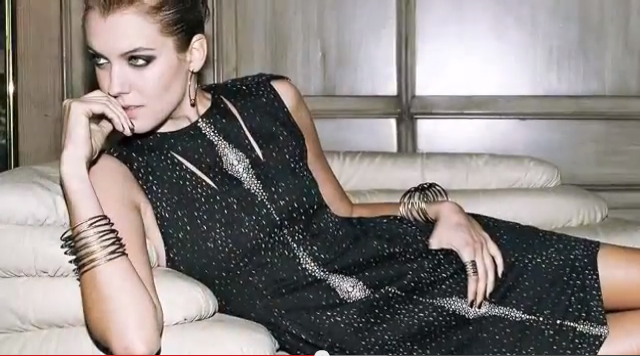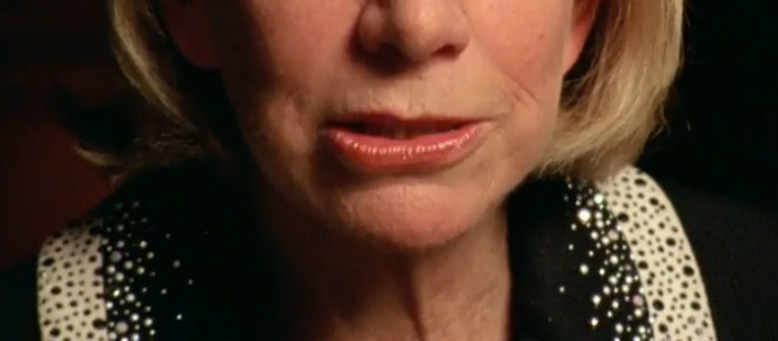



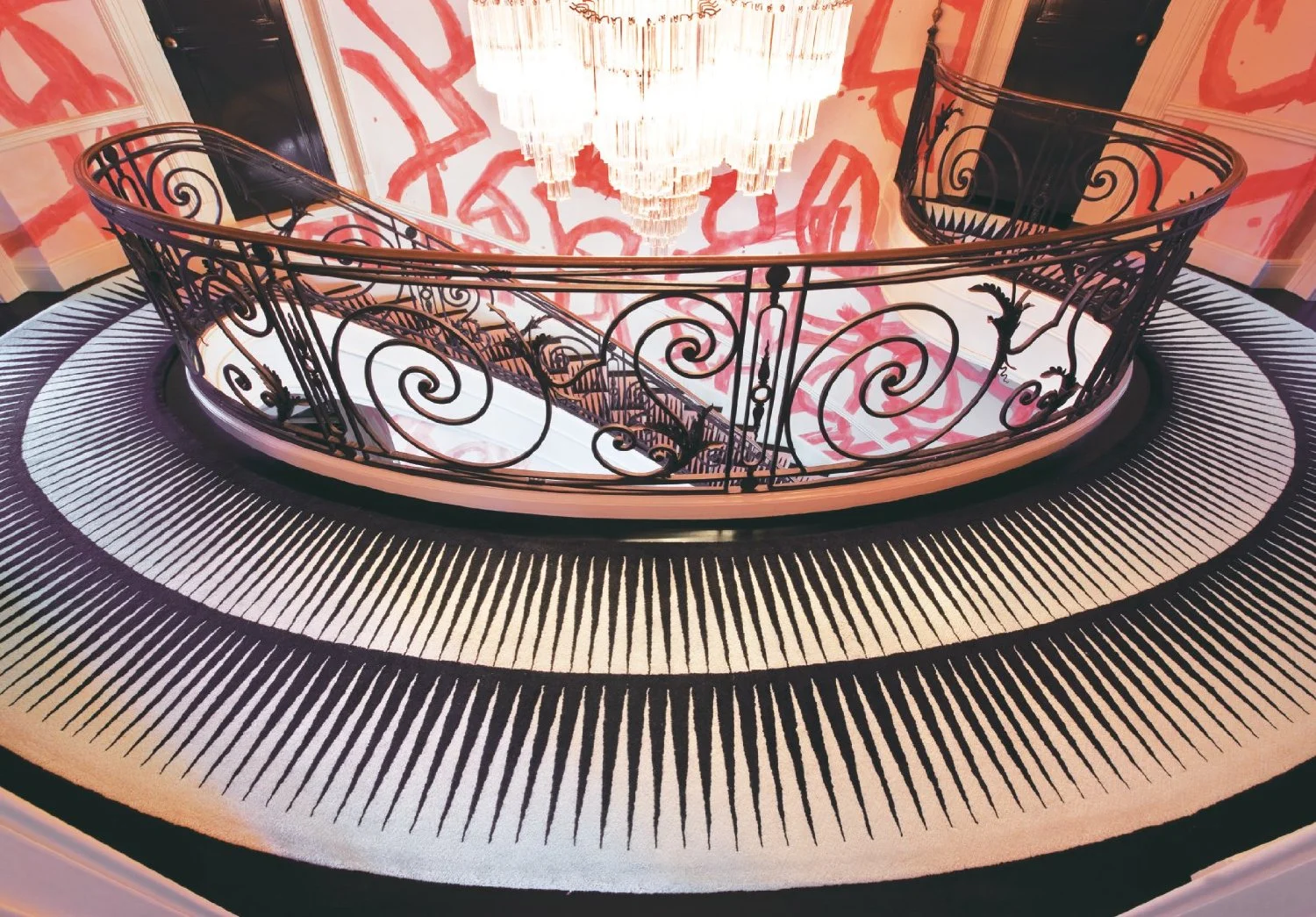


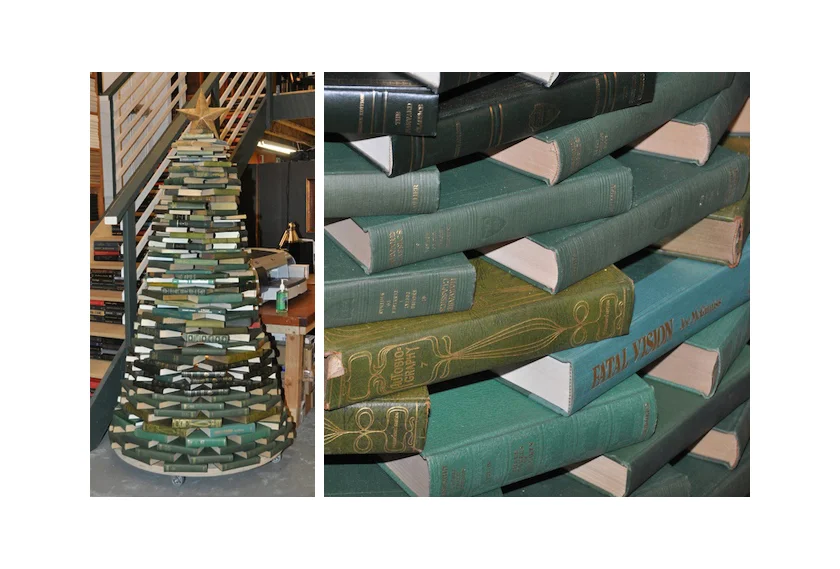

Choplet Ceramics
pattern! PAttern!
paTTErn all over!
~
Nadiege Choplet Ceramics Williamsburg, Brooklyn
Choplet Ceramics
pattern! PAttern!
paTTErn all over!
~
Nadiege Choplet Ceramics Williamsburg, Brooklyn
strength in numbers
Repetition of pattern when done well is pleasing to the eye and mind. Because pattern is predictable repetition, like music, it can be restful. This repetition of pattern takes in color, shape, motif and texture. The reason why the visual rest pattern gives us is so vital is because the brain and our eyes – its extension - take in an enormous amount of information every waking moment. We need to process and unravel every bit of this information at lightning speed. A daunting task to accomplish behind the seen/scene.
Turkish Embassy Washington, DC
Our scale/proportion/volume post talks about how our eyes circulate around and through objects that reflect light and color at different wave lengths. These objects of different size and proportion cascade around each other. The space around the objects and the objects themselves transform a room from big and empty to one that holds together objects with dynamic movement.
I've noticed that an empty room can feel and look small but when filled with furniture and objects this same space feels larger. This is because of the layers of visual information and interest the room holds when containing various objects.
Turkish Tile
That is why within this visual layering we need rest spots. One way is by creating repetition of shapes, pattern and color. Rather than a riot of these varying elements, repetition helps to quiet the environment and helps us feel tranquil in our own home.
- there are no straight lines in nature -
There is an underlying structure to Nature. At first glance leaves and stems seem to be randomly placed without rhyme or reason. But upon closer inspection there is a perfect order. These PATTERNS set up a rhythm of repetition that is balanced though not necessarily symmetrical.
It's seems more pleasing to see shapes clustered in groups of uneven numbers. Is this because an unbalanced quantity leaves something to the imagination?
Bathchelder, in his book The Principles of Design, said it so well when he stated that rhythm means joint action or movement, a consistent relation and connection of parts that enables the eye to find a way through all the details of a design.
Here is my take on fractal geometry. When my computer ran out of memory in '95 I stopped fractalizing the leaves, making it part of the pattern.
fractal geometry
Fractal geometry is a branch of mathematics that looks at nature replicating itself with the same pattern as its “parent”. Its only change is in its scale. This patterning is a way for the object to reproduce itself - a coding perhaps. Years ago when I prematurely cut open a baby philodendron leaf, to my surprise I found the exact replica of what it was one day to become. Tightly coiled inside the shoot was a pale green leaf with it’s little Swiss cheese-like holes - replicating it’s parent’s DNA – waiting to unfurl.

Pattern Is repetition
display
repetition = pattern
Pattern Is repetition
display
repetition = pattern
Whether we are aware of it or not, we create our own patterns all the time. Mica Ertegün symmetrically grouped dishes around the hearth, each with its own nuance of pattern and color.
shelf life
Jars on a shelf sitting on cutout newspaper, pottery displayed from a window sill and friend’s collectables sitting on shelves that act as a room divider all evoke our interest.
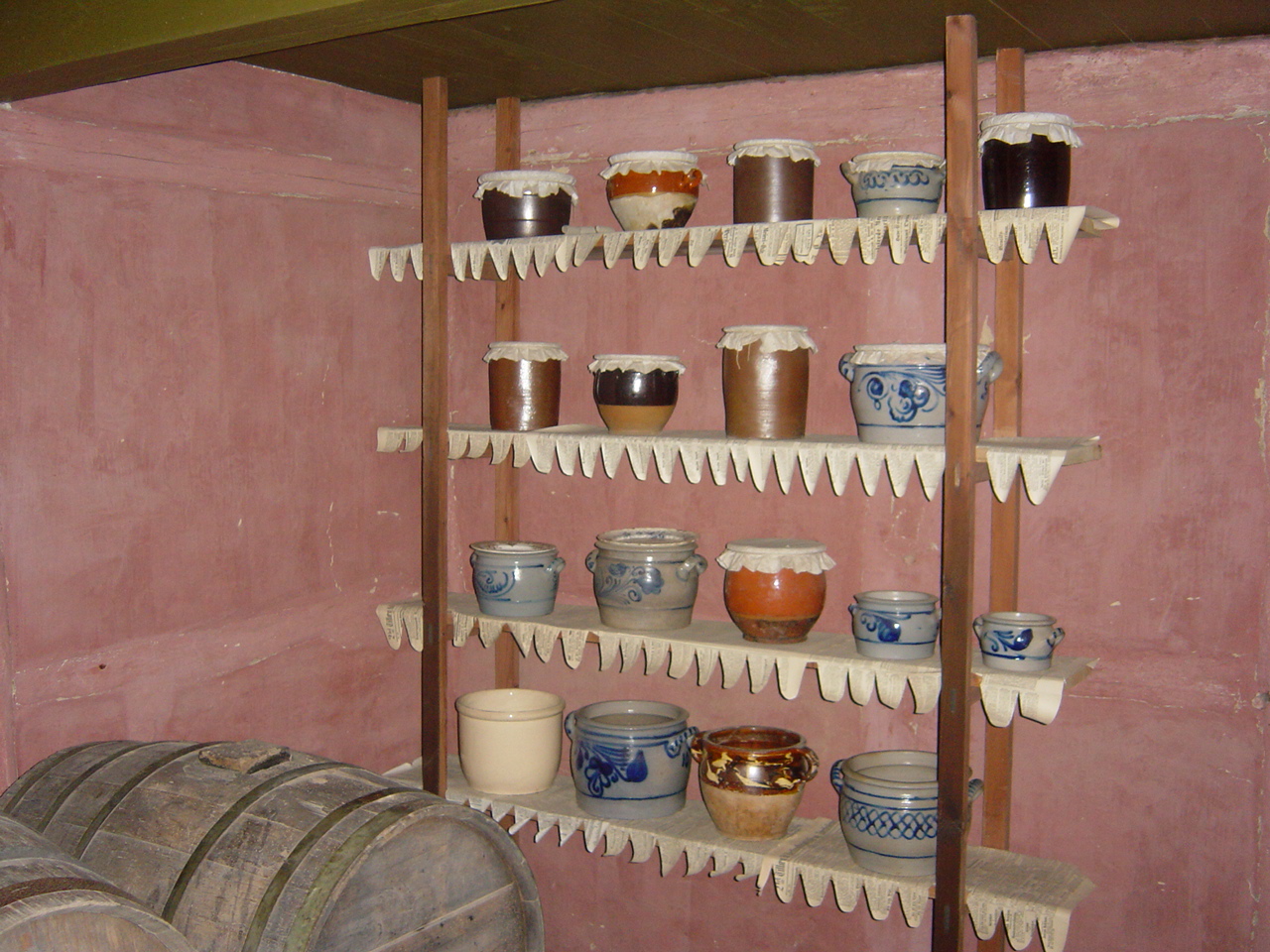
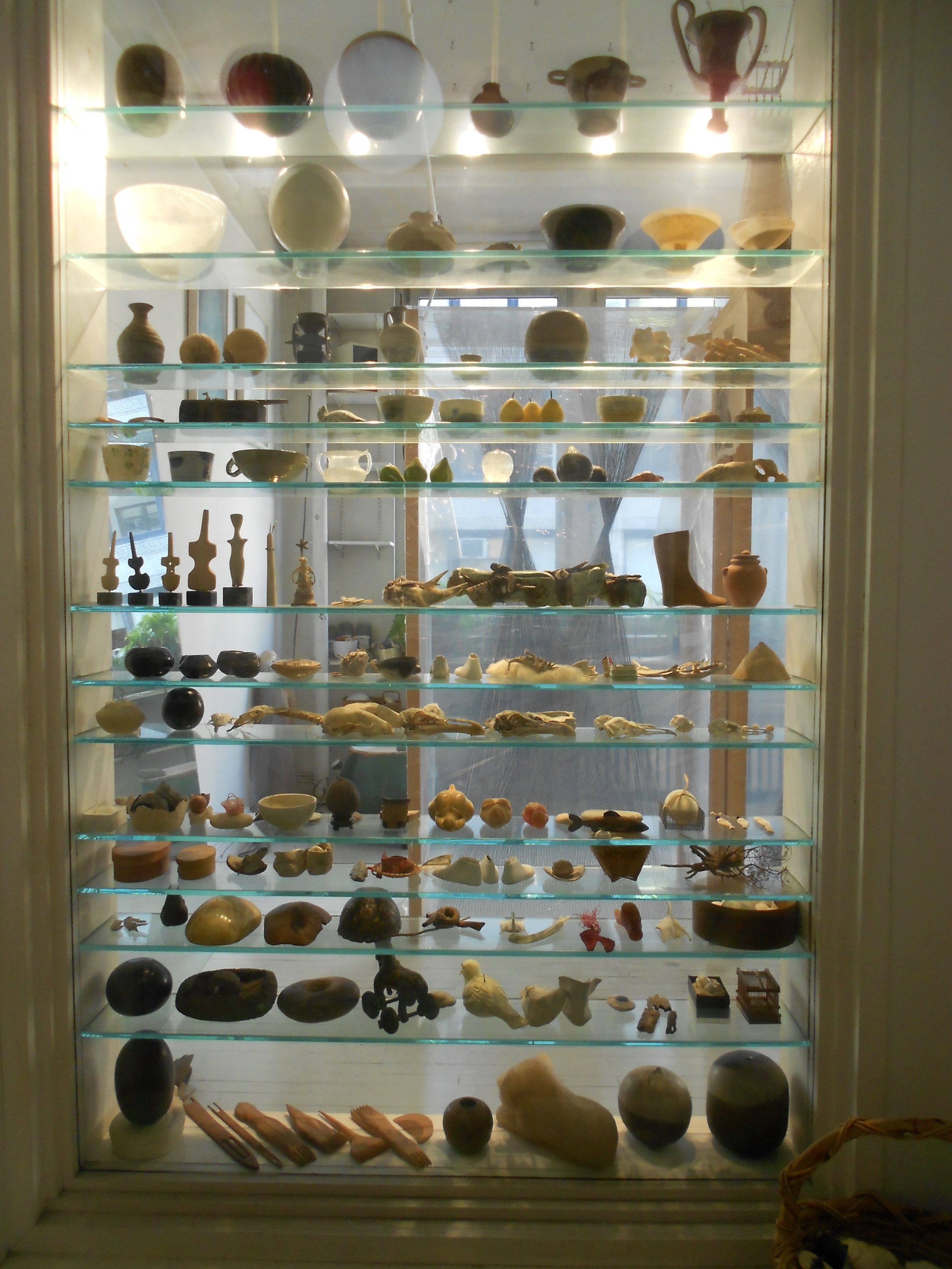
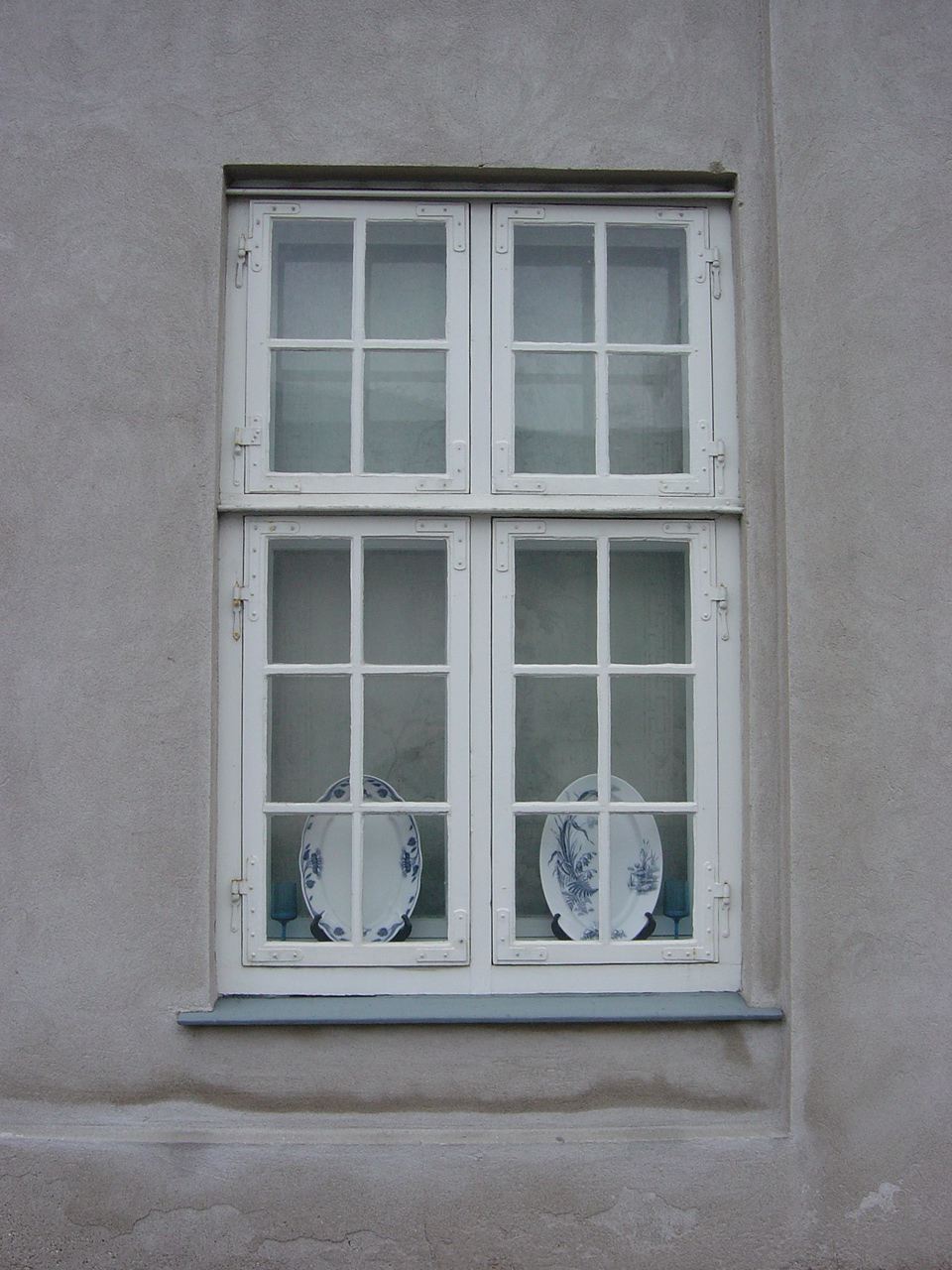
Candace Wheeler discussed stylized floral designs and the creation of pattern, “Construction in the architectural sense—the strength and square-ness of walls, ceilings, and floors—seem to reject the yielding character of design founded upon natural forms, and demand something which answers more sympathetically to their own qualities. Perhaps it is for this reason that we find the grouping and arrangement of horizontal and perpendicular lines and blocks in the old Greek borders so everlastingly satisfactory.” (sympathetically my emphasis)
Pattern in the stonework, the clerestory and the overhang of a Frank Lloyd Wright building.

Building structures + pattern
structure creates pattern
Mario Botta, architect
Building structures + pattern
structure creates pattern
Mario Botta, architect
Weisman Art Museum Minneapolis, MN
Both the façade and the structure of architecture deal with pattern. When the pattern is right it sings and takes on an almost musical lyricism, as it does in both of these Frank Gehry building facades.
IAC building, NYC

McIntosh, Middle East, Floral
McIntosh, Middle East, Floral
We live in our cube-like dwellings all made of material from nature. Our house plants and our own human form are the exception. Since it is against our nature to conform to these geometric interiors, places we can bring natural shapes is into our fabrics, carpets, wallpapers and furniture.
The above repeat floral by Margaret Macdonald, the wife of the noted Glasgow architect Charles Rennie Mackintoch shows variations of this pattern rendered as a wall stencil, a lamp shade, and a sconce.
Candice Wheeler referred to ‘conventionalized flower design’ found in every form of decorative art, from embroidery to sculpture. She went on to say that it results in a sort of crucifixion of the natural beauty of the flower, and in the hands of great designers it has become an authoritative style of art. Here is one example of this stylized flower that the Persians seemed to have triumphed in.
She discussed stylized floral designs and the creation of pattern by stating,
Indian Mosque Ahmedabad
Marble carved widow in a tomb, Persian
“many of the intricate Moorish frets and Indian carvings are literal translations of flower-forms geometrically repeated, and here they lend themselves so perfectly to the decoration of even exterior walls that the fretted arches of some Eastern buildings seem almost to have grown of themselves, with all their elaboration, into the world of nature and art.”
One of my most pleasing textile memories from childhood is of a Gucci scarf. The floral motif staying the same they would vary the border color. I remember a deliciously bright maroon colored one. A few years ago missing a sale at Housing Works of these vintage scarves, I scoured Gucci stores with my daughter hoping for a reissue, but found none. Then, about a year later, in the Spring of 2014, my daughter and I visited a Tory Burch store in Southampton Long Island where I could show her something close to the Gucci scarf pattern with a Tory Burch twist. (Now, at the writing of this my daughter tells me Gucci reissued their scarves. Finally!)
When we visited Barcelona in the Summer of 2014 we meandered into Zara Home (who knew) and I fell in love with their bed sheets. You bet we stuffed our suitcase full.

B+W
Black + White contrasting colors form strong patterns
Kelly Wearstler Interior
B+W
Black + White contrasting colors form strong patterns
Kelly Wearstler Interior

Katsura, Checkerboard
KATSURA Imperial Villa
Kyoto, Japan
Katsura, Checkerboard
KATSURA Imperial Villa
Kyoto, Japan
secondary nature
During a lecture Haruo Shirane, Chair of East Asian Language and Culture, Columbia University, told us he felt the Japanese love for creating a kind of “secondary nature” in a limited space was due to the natural world disappearing around them. It was explained to me when I lived in Japan to think of 4 small islands being the size of land mass of California but with the habitable area only the size of Rhode Island - with a population equivalent to half the United States.
Kawai Kanjiro's house
For hundreds of years the Japanese have faced overcrowding in a compact environment with so little nature around them. They learned to compensate by creating a faux nature in a very condensed area. A typical Japanese garden displays miniatures plants - bonsai. The growing of this plant into a dwarfed tree has become an art form. In their traditional gardens the Japanese create a hyper-stylization of nature with pattern taking precedent as a way to assemble the minimal area.
Tofukuju Garden, Japan
checkerboard
CHECKERBOARD
checkerboard
CHECKERBOARD
These checkerboard patterns are often found on traditional Tibetan rugs and is used here to pull together a modern seating area.

Tibetan checkerboard carpet
Tibetan checkerboard carpet
48 Lex Hotel Oasis Lounge
I reflected the ceiling pattern back onto the rug at 48 Lex Hotel. The pattern was broken up while color and texture were added for depth of interest.
A friend sent me this wonderful film about Eileen Gray
The deterioration of Eileen Gray's much lauded house E.1027 (from 1927) on the French Riviera shows bathroom floor tile that in the 1980 Andre Putman used as an entry carpet for Morgans Hotel. This ancient of patterns that even predates Eileen Gray can still be seen in the lobby. Ms. Gray's house and the carpets she made for its interior was the inspiration to launch my first rug rug collection.

Anthology books, George Jensen
A witty Christmas display of books at Anthropology, NYC
Anthology books, George Jensen
A witty Christmas display of books at Anthropology, NYC
Doesn't this similar totem-like pattern by George Jensen created 75 years ago mimic the stacking X-mas tree book display above? This and the cube-like carpet remind me of the expression 'everything goes around comes around'…especially good design!




